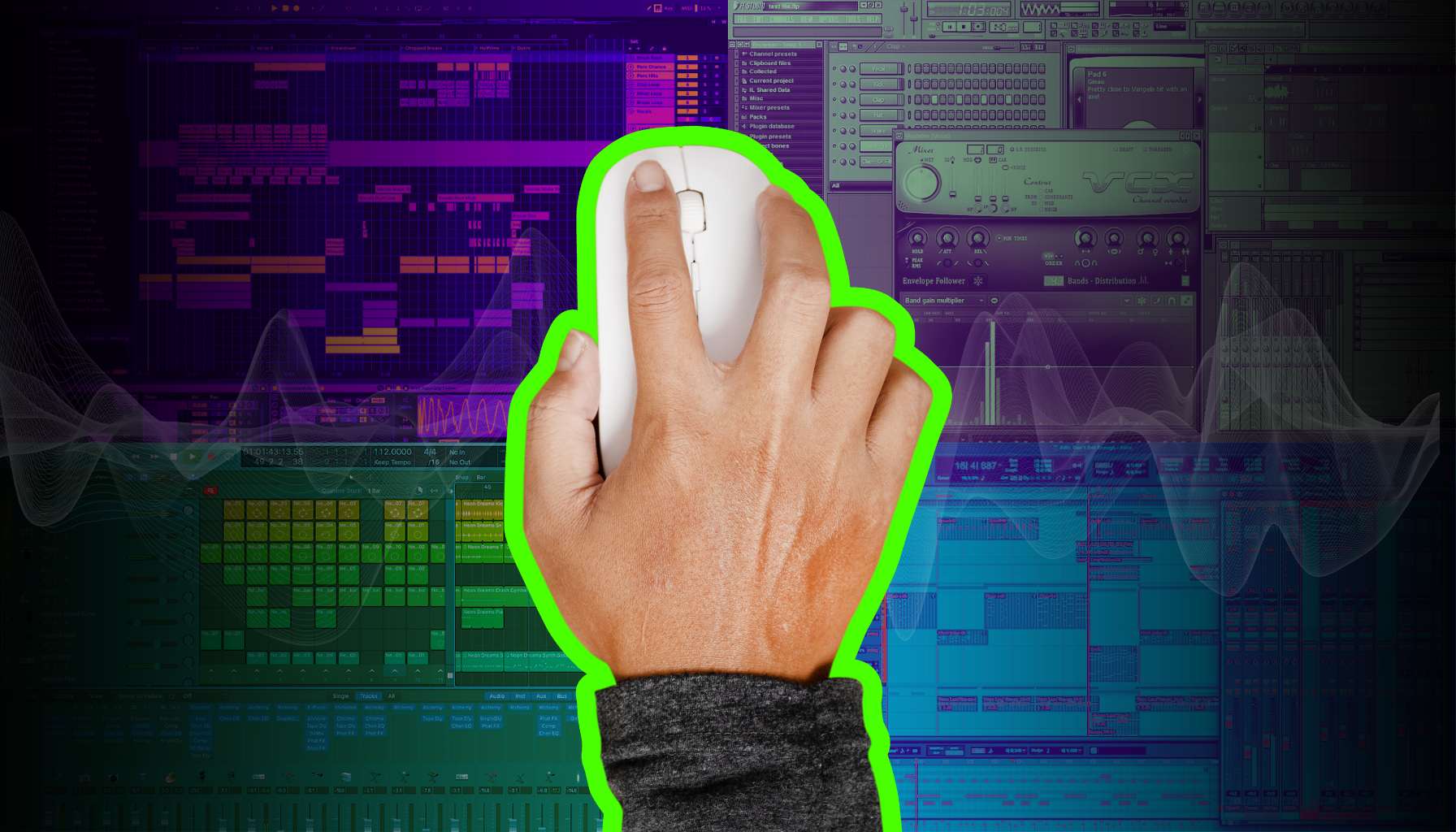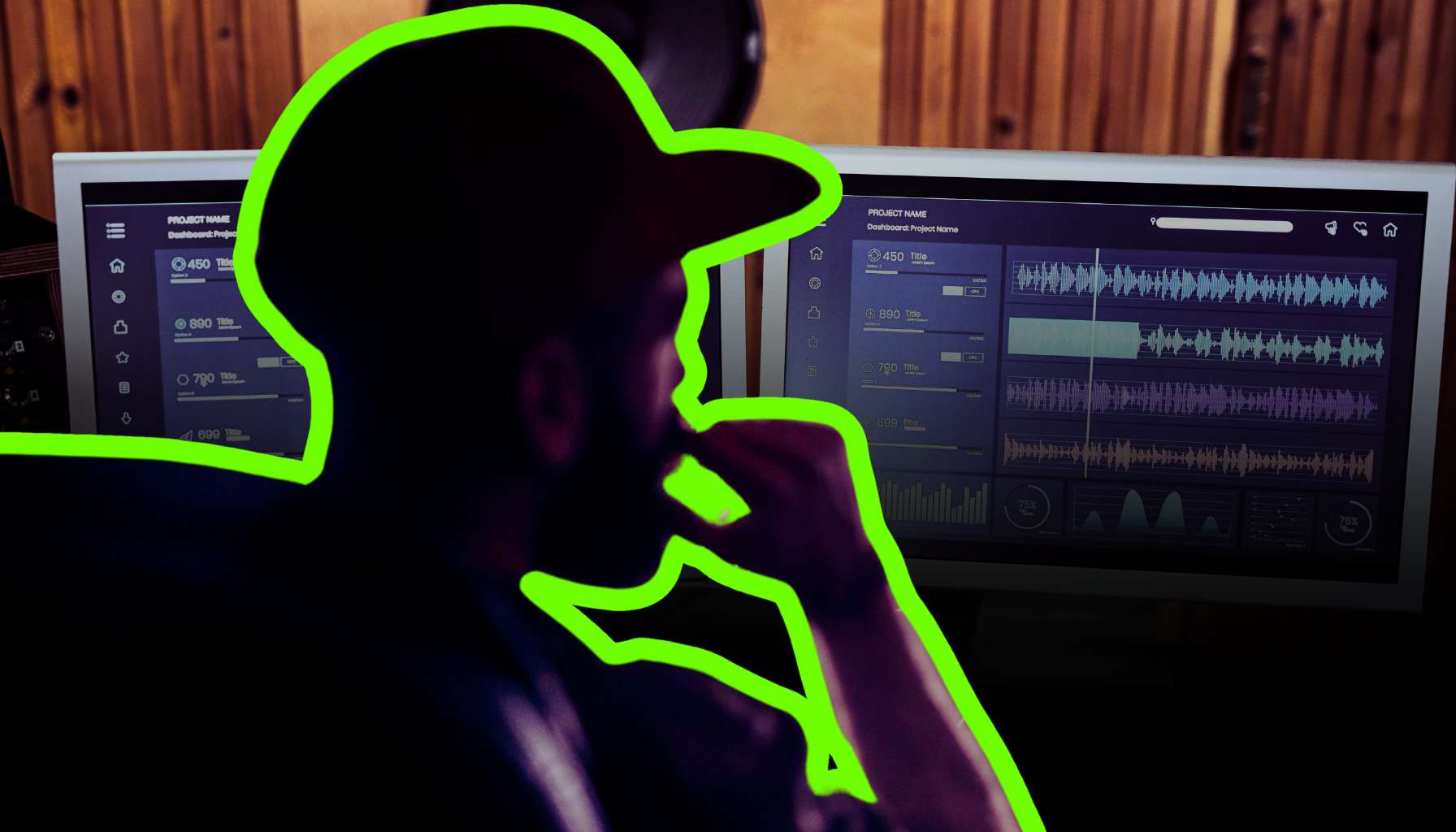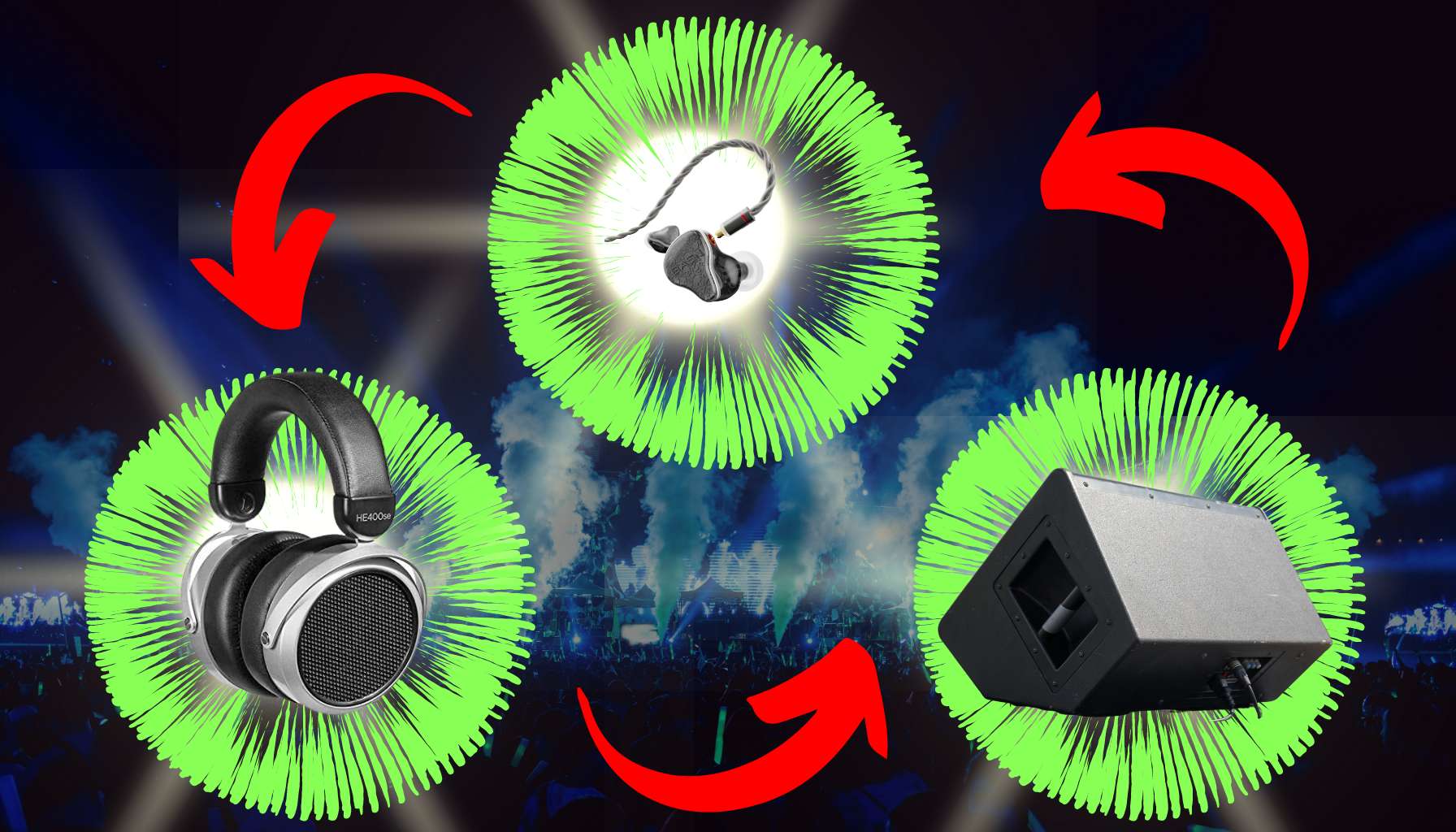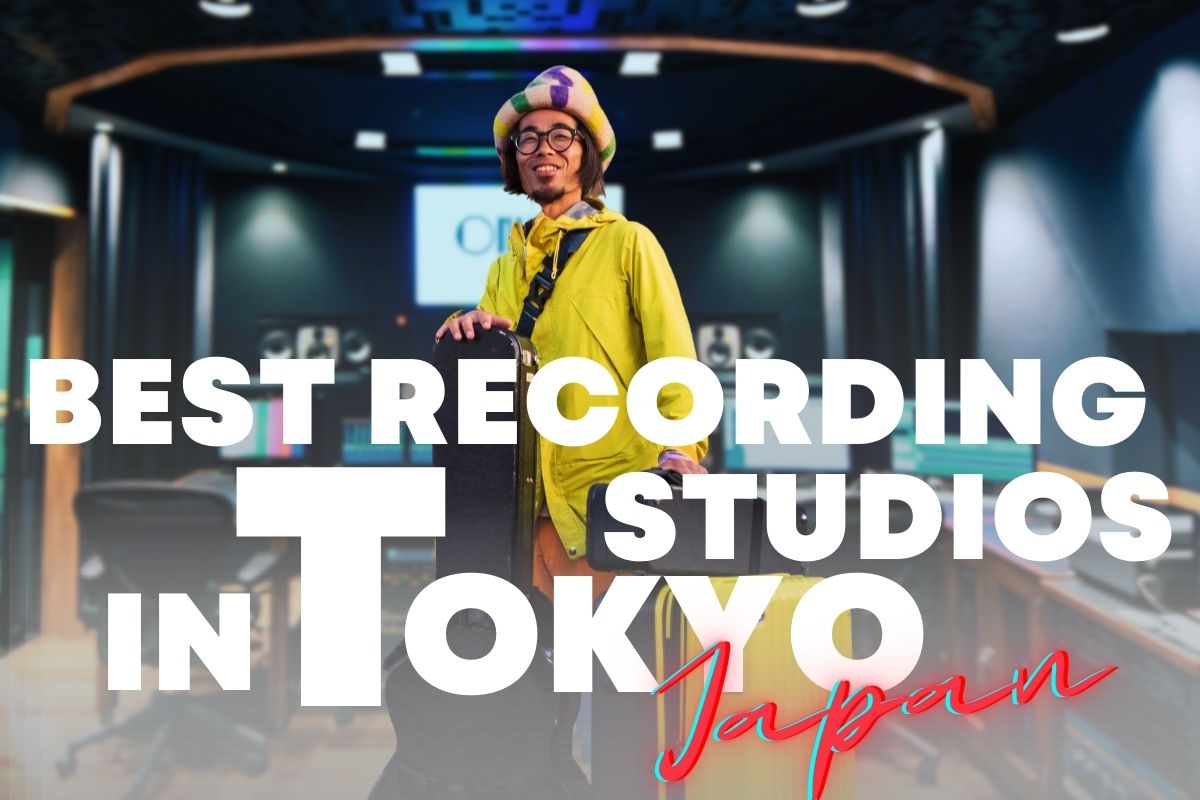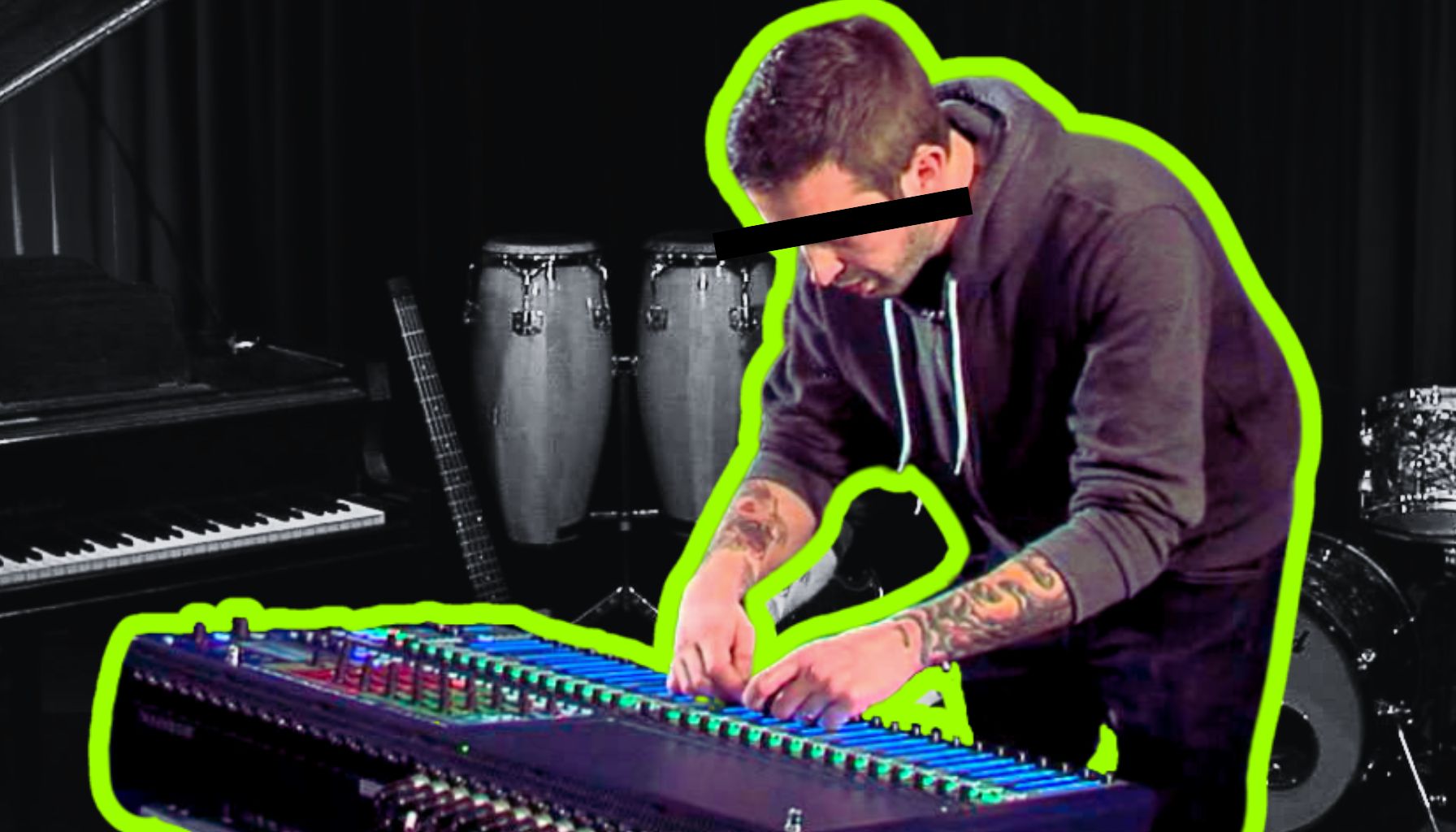Introduction to Double Tracking
Double tracking, my friends, is the secret sauce that has given many a hit song that extra dollop of sonic goodness. Like a twin, it brings another layer to the table – only instead of bringing twice the birthday gifts, it doubles the impact of your tracks. Let’s unwrap this aural gift, shall we?
What is Double Tracking?
First things first, double tracking isn’t the latest trend of tracking your pizza order; it’s a time-honored recording technique. Born in the studios of yesteryear, it involves recording an additional take of the same part played or sung in unison with the original. The concept originated when tape recording was the apex of audio technology, and the result can be likened to audio alchemy, transforming leaden tracks into golden symphonies of sound. But it’s not just a relic of the past – flip through your mental Rolodex of famous songs. The Beatles’ “Eleanor Rigby?” That’s double tracking. Queen’s “Bohemian Rhapsody?” Layer upon layer of it. It’s like discovering your favorite artist was painting with a secret color all along.
Benefits of Double Tracking in Modern Production
Now, before you wave off double tracking as some archaic technique, like grandma’s secret recipe for meatloaf – know this: in modern production, double tracking is akin to adding HD to your audio. It thickens sound and adds depth, making your one-man band sound like an army of tuneful warriors ready to storm the eardrums of the listener. It’s not just about beefing up the sound either; double tracking has a knack for masking those tiny vocal imperfections—like a little cosmetic surgery for your tracks that nixes the need for autotune overkill. So when your vocals are sounding more “laptop microphone” than “legendary,” a little double tracking can be a true game-changer. And let’s not forget the emotional layer it adds. Something magical happens when you double track – it’s almost as if the performance gains an extra dimension of feeling, like adding more layers to an onion of soulfulness.
The Double Tracking Technique
We’re about to delve into how we can get our hands dirty (figuratively, of course) by executing this twin-track magic. This transition will take us from the “what” and “why” into the glorious “how.” You’ll come to learn the slick moves behind the recording button, aligning those takes tighter than a hipster’s skinny jeans, and timing your tracks for impeccable coherence that even digital clockmakers would envy. We’ll explore recording multiple takes with the precision of a Swiss watchmaker and the passion of a love-struck poet. We will orchestrate layers of guitars, synths, and maybe even cowbells because, let’s face it, who doesn’t want more cowbell? Join me as we embark on this adventure in sonic duplication, where we’ll not only thicken our mixes but also our understanding of one of music’s most fascinating arts: the alchemy of double tracking.
The Double Tracking Technique
Imagine you’re a chef. The music you’re cooking up is good, but it needs that extra spice. Enter double tracking. It’s the paprika in the goulash of your mix; sprinkle it in and suddenly, everything tastes more vivid. This technique has been garnishing hits since The Beatles spruced up with double tracked goodness, cloaking imperfections and adding sonic richness.
Basics of Recording Double Tracks
Double tracking is as much about feel as it is about technique. It starts with the process of recording multiple takes, each striving to be as identical as possible. The essence of recording take after take isn’t about imitating Groundhog Day in the studio. Instead, think of it as capturing twin spirits—each unique, yet intimately related.
Aligning and Timing for Coherence
Once you’ve captured a dynamic duo of takes, it’s time for alignment. This is where patience becomes your best studio buddy. Aligning double tracked vocals or instruments plays a crucial role in maintaining their individual character while ensuring they don’t stray into a cacophony of echoes. Pro Tools or your DAW of choice will be your scalpel here, allowing you to sculpt a coherent, unified sound that still retains that luscious depth.
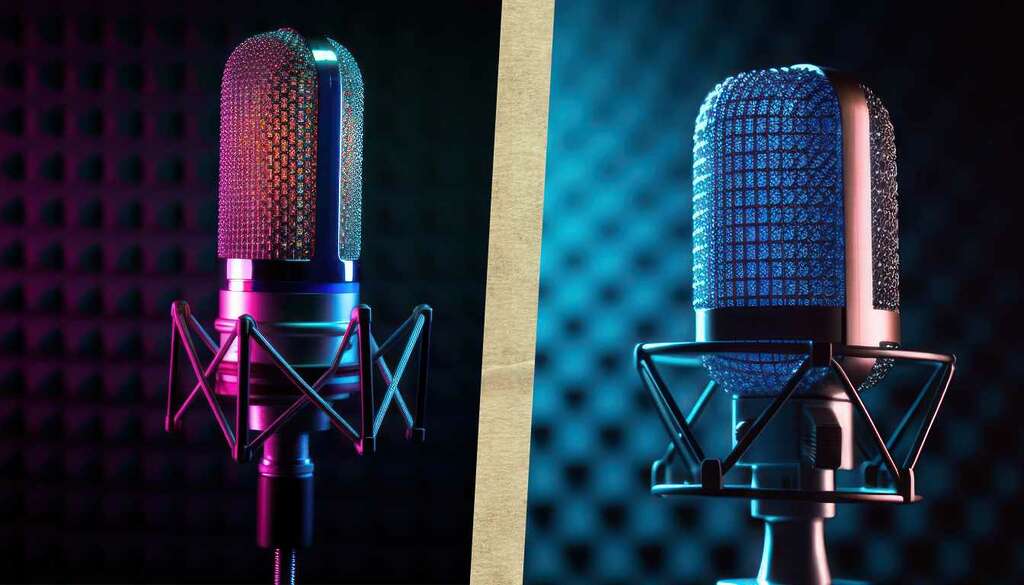
Double Tracking Instruments
While vocals are the pop stars of the double tracking world, let’s not ignore the roadies: guitars, bass, and other stringed instruments. They may not always be in the limelight, but doubling them up multiples their might, making even the simplest strum seem like a juggernaut stomping through your earbuds. Layering synths and keys is another frontier; it’s like stacking mattresses for the Princess and the Pea—except every layer is another step into sonic dreamland. The percussive elements, however? These can be trickier beasties to double track. It hesitates, “Should I double or not?” That question echoes in the minds of many producers, for double tracking drums can be a double-edged sword. It can add grandeur or chaos. The secret lies in knowing when and how—a gentle snare reinforcement here, a toms layer there, and always a vigilant ear for phasing gremlins.
A Seamless Bridge to Vocals
Having fattened up our stew with multiple instrument layers, the aromatic trail leads us to the double tracking of vocals—a technique where emotion and precision dance a tightrope. Engage in these recording rituals with a smidge of adventurous zeal, and ye shall be rewarded with a choir’s worth of richness from just one voice. Make sure your seatbelt is fastened tight as we plunge into the next section on vocals.
Double Tracking Vocals
This is where we go full microscope on achieving that coveted rich vocal sound. The vocal booth becomes a laboratory for sonic alchemy—where performance tips and careful balancing of lead vocals against harmonies create an elixir of auditory bliss. Ready your vocal chords and brace for the descent into the world of lyrical layering and ethereal echoes. And remember, double tracking isn’t just a process; it’s an intricate dance between precision and passion, where each step is choreographed to explore the depths of your musicality..
Double Tracking Vocals
Having already been under the studio’s microscope with every pluck, pick and synth pad, it’s time for the vocals – the make-or-break element of any track – to undergo the same double tracking treatment. The allure of a richer and more powerful singing voice is irresistible, but it’s fraught with pitfalls that could trip up even the surest of vocal cord tightropes.
Techniques for Achieving a Richer Vocal Sound
Before you’re lured by the siren song of double tracking your vocals, know this: it’s less about the echo of two voices and more about the illusion of one seamless, superhero version of your own. To achieve this, you’ll need consistency; two takes so similar, they’re like audio doppelgängers. So, how do you nail this performance? It’s like shooting hoop – practice makes the swish. For vocalists, that means exact timing, same pitch, and matching phrasing. Keep it tight, keep it right. If the second take is about as close to the first as a distant cousin twice removed, consider a thorough warm-up and a side-by-side study of your lyrical phraseology.
Combining Lead Vocals and Harmonies
The mingling of lead vocals with harmony tracks is how you create that chorus effect that can send shivers down spines. Picture stacking vocals like a Leaning Tower of Pisa made of sound – a sight to behold, but it’s ready to topple without a solid base. You’ve got to be purposeful with harmonies; they should complement, not complicate.
Common Challenges and Solutions in Vocal Double Tracking
Every rose has its thorns, and so does vocal double tracking. Phase issues can make your vocals sound like they’re broadcasting from another dimension, so tackle this head-on. This is where a good ol’ audio engineer with an ear for trouble spots is worth their weight in gold—or at least worth a couple of extra coffee runs.
Aligning your takes is like syncing your watches; it’s mission-critical. If one vocal take is ahead or lagging, it doesn’t matter how good each sounds alone – together, they’ll be a cacophonous mess. Let’s talk pitch, too. Pitchy vocals are the forgivable sins of live performances, but in the studio? Blasphemy. Keep those pitches in check. Emotional delivery is another beast; depth of emotion must match, or your song becomes a seesaw of sentiment, leaving listeners dizzy.
Ensuring Pitch and Emotional Delivery Consistency
Don’t despair, pitchy vocalists; technology is here to cosset you in its digital embrace. Pitch correction tools, used with a delicate touch, can smooth over the wrinkles without ironing out the character of your vocals. And when the raw passion of your performance threatens to overshadow consistency, take a deep breath. Tune into the emotion of your first take, and recreate it – not just singing the notes but living the story of your lyrics. By now, you’ve beaten the boss level of double tracking instruments. Vocals should be a walk in the park, right? Sure, but it’s a park with hidden traps. Stay sharp, stay focused, and before you know it, you’ll have a vocal track that’s fuller than a holiday turkey. As we hit a high note on this section, you might wonder what the next turn in our double tracking journey will be.
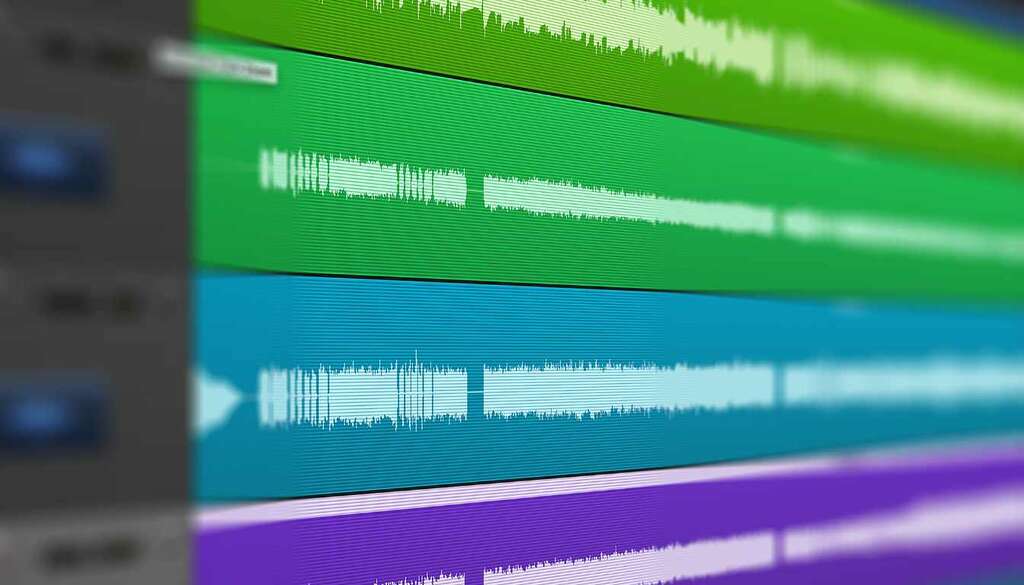
Creative Approaches to Double Tracking
In an era where average Joes with laptops create chart-topping hits in their pajamas, double tracking remains an useful trick up the sleeve of any serious music producer. Beyond its traditional role in thickening up the sonic stew, double tracking serves as a vehicle for creative genius—let’s explore how one can turn this classic technique into an aural work of art.
Using Double Tracking as a Creative Effect
Consider double tracking as the music producer’s version of ‘salt to taste’—moderation is key. Rather than slathering tracks with unnecessary layers, aim for texture. Ever heard a guitar riff that sounded like it had a smoky shadow? That’s textural double tracking at play. You’re not playing ‘spot the difference’—instead, you’re crafting a sound that is rich and has more body than a Renaissance painting. Echoing the creative spirit of 60s psychedelia, variances in double tracking can lead to a mind-bending listening experience. Introduce slight timing or pitch variations, and suddenly, there’s a jangly kaleidoscope of sound that The Beatles’ “Lucy in the Sky with Diamonds” would tip its hat to.
Modern Alternatives and Similar Techniques
For those who prefer a modern palette, artificial double tracking tools have become a godsend. Plug-ins replicate the natural inconsistencies that make organic double tracking so hypnotic. Algorithms mimic the tiny deviations in timing and pitch, proving that, sometimes, faking it till you make it isn’t just advice for amateur actors. Then there’s the triple threat of chorus, flanging, and delay—each bringing their own unique flavor to the double tracking party. A chorus can give you that choir-of-angels effect, while flanging feels like riding a sound wave back to the future. Delay, the cool kid of the bunch, lets you play with echoes that can range from a whispering ghost to a full-blown holler from the mountaintops.
Each of these sonic spices can enhance your track without clashing with the main melody, like seasoning food without overpowering the palate. The art lies in the subtlety, in knowing just the right amount to sprinkle on top to achieve that perfect sound you can’t quite put your finger on, but absolutely love. Double tracking isn’t just a technique—it’s alchemy. It meshes the raw with the polished and turns the linear into a multi-dimensional soundscape, allowing modern artists to build on the legacies of those from the vinyl era. As you move forward through this sonic journey, it’s crucial to remember that while technology has evolved, the essence of creating rich, immersive music remains timeless
Ready to face the FAQs on the Art of Double Tracking? We’ve got you covered in the next section. We’ll tackle the minutiae that plague the minds of bedroom producers and seasoned audio engineers alike. Whether you’re contemplating the mysteries of avoiding phasing or pondering the necessity of double tracking in the digital age, we’re gearing up to spill all the tea—or should I say, all the reverb. Now, let’s switch gears and prepare your inquisitive minds for the grand inquiry session. In the upcoming FAQs, we dissect the wonders behind the wall of sound, unravel the thread from overdubbing to double tracking, and delve into the philosophical musings of whether to double or not to double—that is the question.
On Vocals: Leading or Supporting Act?
Should both lead and backing vocals get the double-tracking treatment? That, my friends, depends on whether you want your track to sound like a choir of angels or a solo angel with a slight echo. Double tracking backing vocals can create a huge, heavenly sound, but do it with lead vocals, and you could overshadow the nuanced performance of your singer. And when it comes to distinguishing between double-tracked takes and harmonizations, it’s all about the intent. Double tracking is like having twins wearing the same outfit, while harmonization is more like having their friends join in, each with their unique style.
Twisting Double Tracking into New Sonic Shapes
For the electronic music aficionados querying creative uses, artists twist double tracking into enchanting sonic shapes. They’re using it to make synths glisten like digital rain and basslines rumble with the intensity of a robot uprising. As for bridging the gap between past and present uses, today’s artists like to break the rules that classic rockers made. They double track with auto-tune, throw in some reverse reverb, and occasionally digitally double track because, in this brave new world, who has time to sing everything twice?
In conclusion, double tracking is your ticket to that dense, warm, ‘how did they do that?’ kind of sound. It turns out, a little patience, practice, and a keen ear for detail are still some of the best tools in the recording arsenal. Feel ready to take on the double-tracking beast? Go forth, layer-laden warriors, and may your takes be tight and your tracks be towering.
Technical Aspects of Double Tracking in the Studio
You’ve laid down the tracks. Your vocals are as tight as a new pair of skinny jeans, and your guitar riffs could slice through the mix like a hot knife through butter. But before we pop the champagne and start high-fiving each other, let’s jump into the nitty-gritty of what can make or break your double tracking efforts—the technical finesse it takes in the studio.
Achieving Precision with Editing Software
It’s time to get surgical with our tracks. In the age of digital recording, if you’re not using time alignment and quantization tools, are you even living? You’ve got takes stacked like a deck of cards, but one misaligned card and your house collapses. Quantization isn’t just about timing—it’s about the groove, the feel, and getting all the layers to lock in snugly like the pieces of a Rubik’s Cube. The key is to maintain that organic feel. Over-quantization might just zombify your track. It’s balance we’re after, not an army of clones. Now, about pitch correction for cohesion. We’re not talking about going full T-Pain here, but subtle tweaks can be particularly handy. It’s like Photoshop for vocals—a little red-eye reduction here, a blemish touch-up there, and voila! Top-notch pitch correction software can correct slight misalignments between double-tracked parts without stripping away the delicious nuances that make your performance unique.
Mixing Considerations for Double Tracked Elements
Moving on to the mixing board, panning is your Picasso paintbrush. Strategic panning adds a three-dimensional quality to your mix, giving each element its moment in the sun. Want your audience to feel they’re in the middle of a string quartet, rather than squashed against the wall by it? Pan. Prefer your listeners to get up close and personal with that acoustic guitar strum? Don’t spread it too thin; keep it close to center. But here comes another one of those technical gremlins: muddiness. When you’ve got layers upon layers, it’s like having all your friends over in a tiny apartment—it gets crowded. EQ is the bouncer at the club, filtering out the riff-raff so everyone can breathe.
Make room by carving out frequencies that clash, allowing each instrument to shine without stepping on toes. Be smooth with compression too. You wouldn’t want to squash your waves into non-existence. It’s about bringing everything to a level of harmony where the parts are intertwined yet distinctive, like the plot threads of a gripping novel. As the technicalities of double tracking unfold, the seemingly intricate dance between software precision and human feel becomes clearer. Magic lies in the details, my friends, and every choice in this process either contributes to the full, lush sound double tracking promises or detracts from it. Ready to leap into the rabbit hole of creativity? As we embark from the structural haven of technique and into the playground of imagination in
Creative Approaches to Double Tracking
, prepare yourself. Here, double tracking isn’t just a method; it’s an opportunity to create texture, depth, and dynamics that turn your track from a simple tune to an auditory odyssey. Next up, we’ll explore using double tracking to paint soundscapes only limited by the imagination. From the warm embrace of classic tape-based effects to the futuristic sheen of plugin-augmented sound walls, we’re about to delve into the possibilities that double tracking presents as a creative effect, pushing the boundaries of what’s sonically possible. Strap in—our sonic adventure is about to get wild.
Technical Aspects of Double Tracking in the Studio
Here comes the nitty-gritty, the gear shifts, the part where hands get dirty (figuratively speaking, studios are usually pretty clean). Precision with editing software, a hitman’s approach to time alignment, and a dash of pitch correction for cohesion; if the details make your head spin, hold tight. We’re about to tackle the technical wizardry that’ll make double tracking a breezy endeavor for even the most tech-averse artist.
You’ve plowed through punches of massive drum tracks and navigated the sea of string strums. Your chords are layered like a musical lasagna, and your vocals are aligned like stars over Nashville. You, my friend, are ready to take your throne with the studio kings and queens, manipulating waves like Poseidon himself. Onward to the realm of perfecting double tracked takes and transporting your listeners to aural Valhalla.
FAQs on The Art of Double Tracking
- What’s the difference between double tracking and overdubbing?
Double tracking involves recording the same part twice, creating two separate performances that are layered together for a fuller sound. Overdubbing, on the other hand, refers to recording additional parts atop an existing recording. While double tracking emphasizes the thickness and richness of the same part, overdubbing adds new elements or layers to the mix.
- Do I need a particular type of microphone for double tracking vocals?
While no specific type of microphone is mandatory for double tracking vocals, it’s crucial to use a high-quality microphone that captures the nuances of the performance. Consistency is key, so using the same microphone for both takes can ensure a coherent sound. Large-diaphragm condenser microphones are often preferred for their detailed and full-bodied sound.
- How can I avoid phasing issues when double tracking?
To avoid phasing issues, ensure precise timing and tuning during recording. Slight variations can create phasing. During mixing, you can slightly adjust the timing or use phase alignment tools. Also, experiment with panning the tracks differently to minimize phase cancellation.
- Is double tracking necessary in today’s digital recording environment?
Double tracking isn’t necessary but remains a popular technique for adding depth and richness to recordings, even in the digital age. Digital tools offer alternatives like artificial double tracking, but many producers and artists prefer the organic feel of actual double-tracked performances.
- Can double tracking be done effectively at home or only in professional studios?
Double tracking can be done effectively at home, provided you have decent recording equipment and a quiet, acoustically treated space. The key is in capturing clear, consistent takes and having the know-how to mix them effectively.
- Should I double track both lead and backing vocals?
The decision to double track lead and backing vocals depends on the desired sound. Double tracking lead vocals can add richness and fullness, while doing the same for backing vocals can create a lush, chorused effect. However, it’s not always necessary and should be used according to the song’s needs.
- How can I distinguish between double-tracked takes and harmonizations?
Double-tracked takes involve recording the same part twice for thickness, whereas harmonizations involve different vocal lines that complement each other, creating a harmonic structure. The distinction lies in the content of the vocal lines: identical in double tracking and unique in harmonization.
- What are some creative uses of double tracking in genres like electronic music?
In electronic music, double tracking can be used creatively for textural enhancements, creating a sense of space and depth. It can be applied to synths, vocals, and other elements to produce a richer, more immersive sound. Experimentation with varying the timing and pitch between the tracks can yield unique sonic results.
- How do modern artists use double tracking differently than artists in the past?
Modern artists often blend traditional double tracking with digital processing techniques. They might use artificial double tracking plugins for convenience or combine natural double tracking with effects like chorus or delay for innovative sounds. The availability of digital tools allows for more experimentation and flexibility in the double tracking process.


